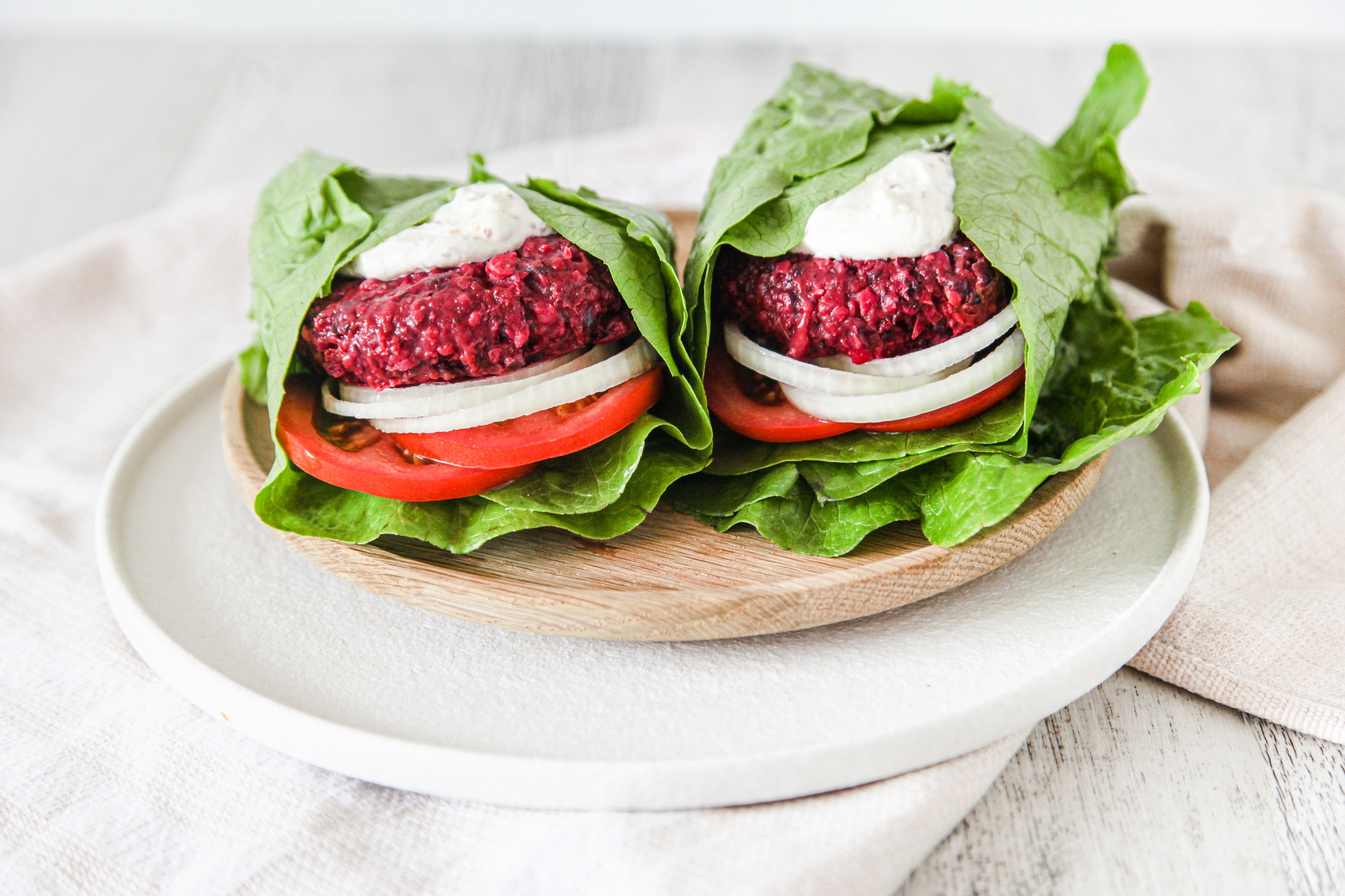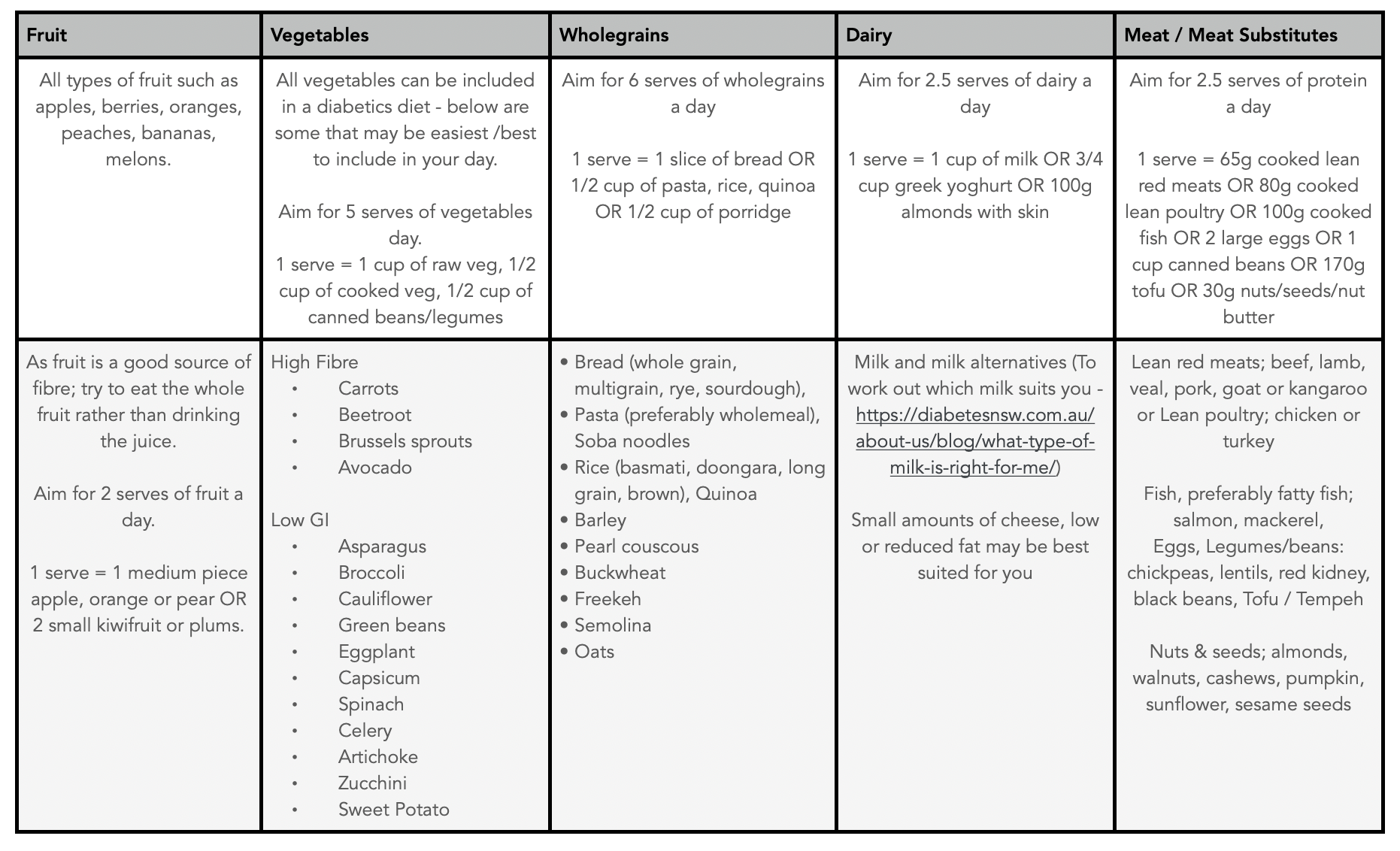Living Responsibly Sweet with Diabetes
Have you or a loved one just been diagnosed with diabetes or pre-diabetes with a million thoughts running through your head?
Maybe your diagnosis was expected, maybe not. Either way it can be a shock, followed with a lot of questions. Lakanto Australia wants to support you where possible and has put together some essential information on where to start.
It is important to remember you are not alone – almost 300 are people diagnosed with diabetes in Australia each day and around 1.8 million Australians have diabetes*.
Think of it this way, now that you have your diagnosis, you have an opportunity to make changes and choices that will support your health, both now and in the future.
What actually is diabetes?
Okay so the straightforward answer; diabetes is a condition where there is too much glucose (or sugar) in the blood.
There are three main types of diabetes:
- Type 1 diabetes, an autoimmune condition (~10% of cases)
- Type 2 diabetes, a chronic condition (~85% of cases)
- Gestational diabetes, a type of diabetes that occurs in pregnancy
While all three types of diabetes occur when the body cannot maintain healthy levels of glucose in the blood, they occur in different ways.
Type 1 diabetes is an auto-immune condition where the immune system is activated to destroy the cells in the pancreas which produce insulin. This means that type 1 is not linked to modifiable lifestyle factors. Unfortunately, we do not know what causes this auto-immune reaction, and there is currently no cure or prevention strategies.
Type 2 diabetes is a progressive condition in which the body becomes resistant to the normal effects of insulin and/or gradually loses the capacity to produce enough insulin in the pancreas. We don't know exactly what causes type 2 diabetes but it is associated with modifiable lifestyle risk factors as well as strong genetic and family related risk factors.
Risk Factors you can influence:
-
Dietary choices
-
Physical activity levels
- Age
- Gender
- Family history of diabetes
- Where you were born
- Genetic factors
Gestational diabetes is a form of diabetes that occurs during pregnancy and is diagnosed when higher than normal blood glucose levels first appear during pregnancy. Most women will no longer have diabetes after the baby is born, however, some will continue to have high blood glucose levels after delivery.
As Type 2 diabetes is the most common diagnosis the majority of this content will be tailored towards it. Please reach out or talk to your doctor or dietitian if you would like further information on the other two types of diabetes.
What is insulin and why is it so important?
Insulin is a hormone made by beta cells in the pancreas.
When we eat, insulin is released into the bloodstream where it helps move glucose from the food we have eaten into cells so it can then be used as energy.
Type 1 Diabetes
The body produces little or no insulin as the cells that produce insulin have been destroyed by an autoimmune reaction in the body. Insulin replacement by daily injections is required.
Type 2 Diabetes
The body produces insulin but the insulin does not work as well as it should. This is often referred to as insulin resistance.
To compensate the body makes more but it reaches a stage where it cannot make enough to keep the balance right. This results in glucose being left in the bloodstream.
Lifestyle and diet changes can delay the need for tablets and/or insulin to stabilise blood glucose levels. However when insulin is required, it is important to understand that this is just the natural progression of the condition.

So should I avoid all sugar?
Definitely not - It’s important to know that we need sugar (glucose) to function, but now you need to be aware and manage the amount and sources of sugar.
Glucose fuels our brain and muscles and provides energy to do all the things we do on a daily basis; playing with our kids, cooking delicious meals, walking our dog, watering our gardens etc. However, it’s also important to note that we only need a certain amount of glucose to do this and this is where things can become unbalanced. If we don’t get enough glucose we may feel weak and shaky; if we have too much we may feel some symptoms like tiredness and lethargy, damage may start to occur to blood vessels and our pancreas starts working overtime producing insulin.
We get glucose from the food we eat, especially from foods that contain carbohydrates. Nutritious foods like fruits, vegetables and whole grains contain carbs as do discretionary foods like cakes, biscuits, chips, pies, pizza, chocolate, lollies and soft drinks. The issue here is the discretionary food choices often contain very high levels of carbs/sugar and are consumed on a daily basis as opposed to a once in a while treat. It can help to think of these items as energy dense, not nutrient dense and they will most likely be the culprits behind skyrocketing blood sugar levels. Remembering with diabetes the aim is to keep the blood sugar levels stable.
Of the three key nutrients in our food – fat, protein and carbohydrate, carbohydrate is the nutrient that will have the biggest impact on your blood glucose levels. The effect of carbohydrate will depend on 1) the amount of carbohydrate you eat and 2) the type of carbohydrate you eat.
Carbohydrate containing foods:
» breads, cereals and other grain foods, like rice and pasta
» starchy vegetables, like potato, sweet potato and corn
» legumes such as lentils, chickpeas and dried or canned beans
» fruit
» dairy products, like milk and yoghurt
» sugary foods and drinks
It is important to note that most carbohydrate containing foods (the nutrients dense choices) are also very good sources of fibre, vitamins and minerals which keep our body and bowels healthy, so we definitely want to be eating them!
The carbohydrate-containing foods that provide the best blood glucose level control are those that are slowly digested and absorbed into the blood stream. These are foods with a low glycaemic index (GI).
For diabetics, the key component when it comes to your diet is to monitor your carbohydrate intake and choose food sources that are rich in fibre, low GI and are nutrient dense. Eating regular meals of these kinds of foods will help energy to be released over the longer period of time, resulting in more stable blood sugar levels.
How do I monitor my carb intake then?
One way that many diabetics use to work out the amount of carbs they are consuming is called carbohydrate counting. Counting these carbohydrate ‘exchanges’ helps you estimate the amount of carbohydrate in the food you’re about to eat.
A carbohydrate exchange is an amount of food that contains approximately 15 grams of carbohydrate. Exchanges don’t refer to the weight of a food—for example, a slice of bread can weigh 40 grams but only contain 15 grams of carbohydrate (one exchange).
Different carbohydrate foods can be ‘exchanged’ for one another so that you consume a similar amount of carbohydrate. Some examples of one carbohydrate exchange include:
|
|
|
|
There a few other ways to count carbohydrates that suit different people and their stage of diabetes. For more information about the different methods of carbohydrate counting and what is best for you, talk to a dietitian.
How do I work out how many carbs I should eat?
The amount of carbohydrate you need each day depends on many factors like your age, gender, weight and activity levels. Anyone with diabetes should see an Accredited Practising Dietitian to work out the amount of carbohydrate to eat at each meal and snack.
The following table provides a general guide to the amount of carbohydrate that the average man and woman may need at each main meal (breakfast, lunch and dinner). However, a healthy diet can include more or less carbohydrate than this.
General guide to the amount of carbohydrate at each main meal
|
|
Grams of carbohydrate at main meals |
Carbohydrate exchanges |
| Women |
30–45 |
2–3 |
| Men |
45–60 |
3–4 |
What about snacks?
For those of you use insulin or certain types of blood glucose lowering medications, you might need to eat a carbohydrate-based snack, in between meals and before going to bed - this helps prevent a hypo (when your blood sugar drops too low, under 4mmol/L).
It is best to talk to your health care team about whether you need to eat carbohydrate snacks. A general guide for adults requiring a carbohydrate snack, is to aim for 1–2 carbohydrate exchanges per snack (15–30 grams of carbohydrate).

What about eating a high protein, high fat diet then?
No this is a common myth, however there is evidence people with diabetes may need to make dietary changes to the following:
Dietary fat
Both the type, and amount of fat that we eat is important. Foods containing unsaturated fats (olive oil, avocados, nuts & seeds) are a healthier choice than foods high in saturated fats (processed deli meats, ice cream, chocolate).
It may be important to reduce the amount of foods containing saturated fats in your diet and replace them with sources of unsaturated fats as diabetics have an increased risk of developing heart disease.
Try drizzling olive oil on your toast instead of loading on the butter - yum!
Fibre
It may be helpful to increase the amount of fibre eaten each day. Fibre can make meals more filling and evidence suggests that soluble fibre (found in foods such as beans, fruit and oats) may help to control blood glucose levels. Try to choose high fibre breads and cereals, fruit and vegetables each day.
As a guide women should aim for 25g per day and men should aim for 30g per day of fibre. Just make sure to drink plenty of water when you increase your fibre intake to keep your digestive tract happy and avoiding constipation.
Okay, so what should I eat then?
Including these foods and the serving amounts in your daily diet may be a huge change however there are plenty of ways to make all these foods tasty as well as healthy. Lakanto is a huge advocate for eating well without the compromise on taste - Find plenty of recipe inspo over at lakanto.com.au.

Overall try to limit pastries, cakes, deli meats, butter, fried foods - basically junk/highly processed foods to special occasions. Enjoy them in these moments, monitor your blood sugar and then get back to your healthy daily diet.
Choose foods low in added salt as too much can result in high blood pressure, instead to add extra flavour try adding herbs, spices & lemon juice to your meals or a drizzle of a homemade dressing of olive oil, apple cider vinegar, lemon juice and tahini! Delicious, and contains healthy fats and protein!
For further information on servings sizes and serving amounts for certain age groups please see here:
- https://www.eatforhealth.gov.au/food-essentials/how-much-do-we-need-each-day/serve-sizes
- https://www.eatforhealth.gov.au/food-essentials/how-much-do-we-need-each-day/recommended-number-serves-adults
Food Swaps
See below for some easy food swaps that you can make.
For a more individualised evaluation of your diet and swaps that are tailored to you visit an Accredited Practising Dietitian.

Lakanto Sweetener Product Benefits
- Zero Glycemic (Where one unit of glycemic load represents the blood sugar effect of consuming one gram of glucose)
- 1:1 Substitution for sugar in all your favourite recipes
- Gluten Free
- Vegan
- Cooks, bakes and tastes just like sugar!
- No bitter after taste unlike other natural sweeteners
- It’s sweetness profile is nearly identical to that of sugar
- Contains no artificial colours, flavours or preservatives
- It is a heat stable product that makes it suitable for use across all methods of cooking, baking and drink recipes.
Lakanto Diabetic Friendly Recipes
- Barley Slice
- Hemp Beetroot Burgers
- Low GI Foods
- Blackberry Chia Pudding
- Choc Almond Smoothie
- Lakanto Pavlova
- Chocolate Mud Cake
Exercise
Regular physical activity is also important in managing diabetes. Try to be active each day as this can assist with blood glucose control by helping to make muscle more sensitive to taking up glucose.
Choose exercise that you enjoy and you will find yourself far more willing to do it, also meeting up with friends, family or scheduled classes can be great to help hold you accountable.

Who should I surround myself with?
Healthcare Team
These are the individuals that you will be important to surround yourself with, your healthcare team. This team approach will help teach and support you in every aspect of the condition, management and treatment.
For example, there are certain areas of the body such as the feet and eyes that become more prone to issues when you have diabetes so it is important to have regular check ups with your podiatrist and optometrist.
- GP / Family Doctor
- Credentialled Diabetes Educator
- Dietitian
- Endocrinologist
- Pharmacist
- Podiatrist
- Counsellor / Psychologist / Psychiatrist
- Exercise Physiotherapist
- Optometrist
- Dentist
- Diabetes Centre
Family & Friends
Your family and friends can provide day-to-day support and assistance in managing your emotional health, physical health, and motivation for diabetes self-management.
Continue to do things that bring you joy, your favourite hobbies such as spending time with your grandchildren, hanging out with your pets, painting and try some new ones like trying some new healthy recipes and having a daily walk.
Please be aware that this is all generalised information, it is important that any dietary advice is tailored to your individual needs. An Accredited Practising Dietitian (APD) will consider your personal health and lifestyle influences and help to you manage your diet and diabetes.
It can feel like you make all these changes at once and on your own. Start with small realistic changes and don't be afraid to ask for help and support along your journey from your friends, family and medical professionals.
* https://diabetesnsw.com.au/about-diabetes/what-is-diabetes/facts-and-figures/
